
Original entrance and strongest part of the Dutch Fort
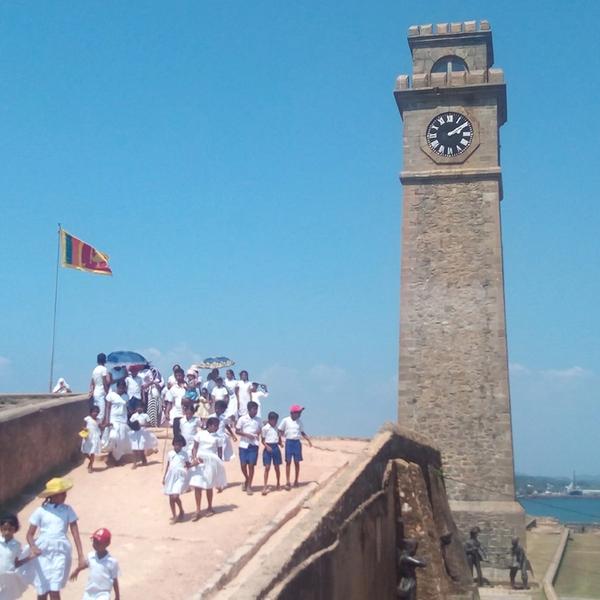
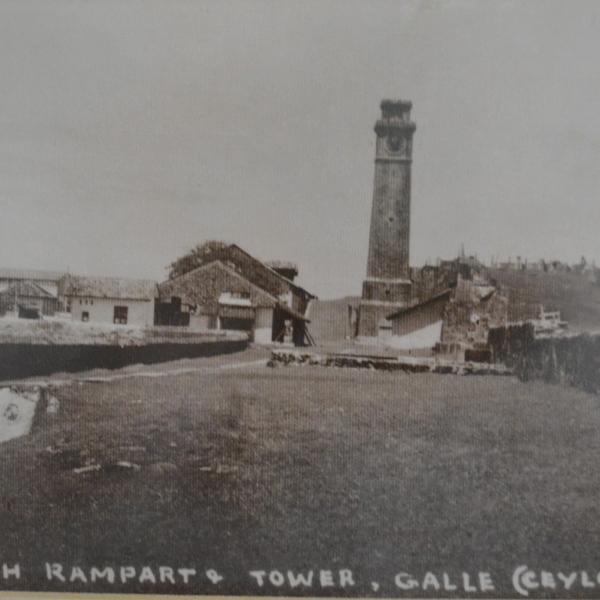
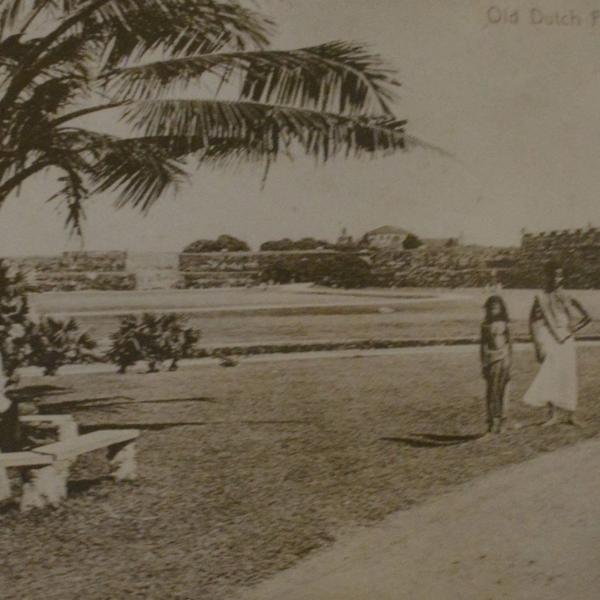
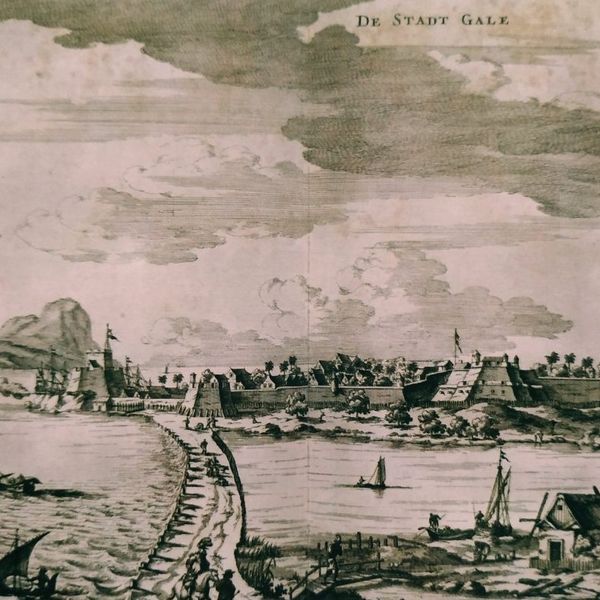
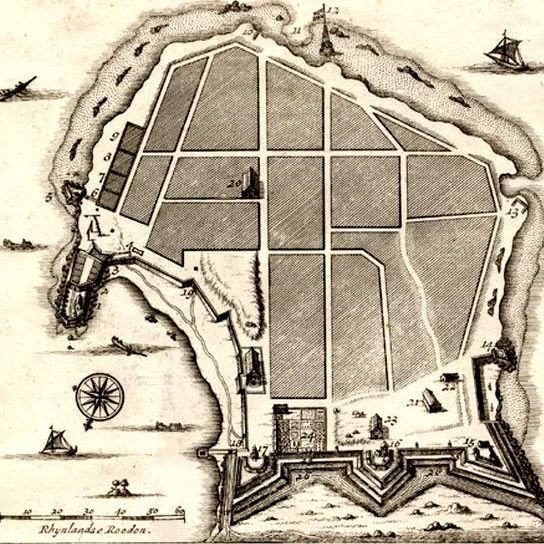
- Rampart Street
- Open 24/7
Sun, Moon & Stars
These bastions were the most heavily fortified sections of the ramparts. The Portuguese Fort had 14 cannons; the Dutch 109! It is more than four centuries old, built under guidance of two engineers, Portuguese Sao Lago and local Samarakoon Fernando by a team of Sinhalese builders. They used traditional techniques and local materials - coral lime stone, sand, clay and granite - to create three bastions for protection and gun powder storage named after the sun, moon and stars. When in 1640 the Dutch captured the fort, they used African slaves to strengthen the bastions, adding terraces and layers to create dungeons that were used as a resting place, storage and slave prison.
Original entrance

The original entrance to the fort city was a tunnel under Sun Bastion. It was a simple gate with two timber slashes, but it had a small and secret observation hole that soldiers used to paw hot oil. Later, the Dutch moved the entrance to the Maritime Museum, but the British ‘recreated’ the old entrance by filling in the moat and breaking a hole in the wall using - can you believe it - elephant power.
Symbol of British power
The clocktower is a British addition to the Fort. It was 1882 when the new rulers knocked down the Dutch belfry that had stood there for over 100 years and replaced it with a model engineered by John Morrison & Sons in London. The square in front of the tower was the scene of the handover. Unlike the battle 150 years earlier, the Dutch-British handover was a civilized administrative manner. Trumpets blown and the key to Fort was presented to the commander in charge Lachlan Macquarie on a silver tray. The property exchange was the result of a military pact between the two countries, sealed at the other side of the world to fight Napoleons armies.
Galle, as a fortress, is a splendid example of Dutch design of defense in the eighteenth Century.
First heritage activist
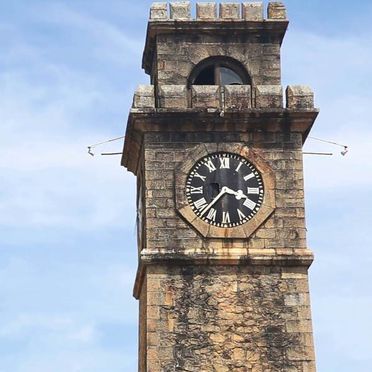
Those were the days when the British contemplated the demolition of the entire Fort, just like they had done in Colombo. It was celebrated Burgher Peter Anthonisz - to whom the clock tower is dedicated - who came to rescue. At a meeting in the Oriental Hotel he argued passionately that although no longer necessary for military protection, the walls so characteristic for Galle protected the city from tidal monsoons. His plea worked and the city’s first heritage activist proved to be a visionary man as Fort was the only piece along the entire Sri Lankan coast that came out the Tsunami undamaged.
